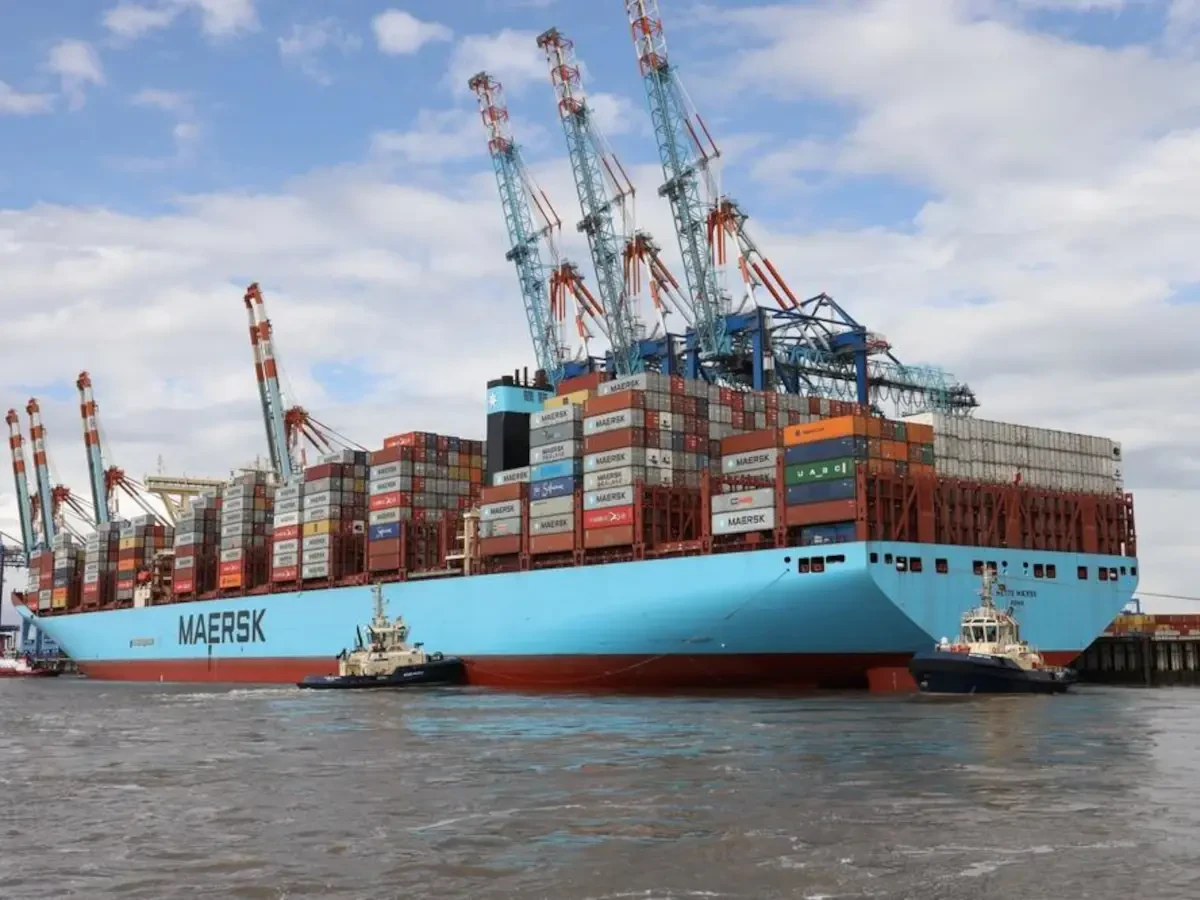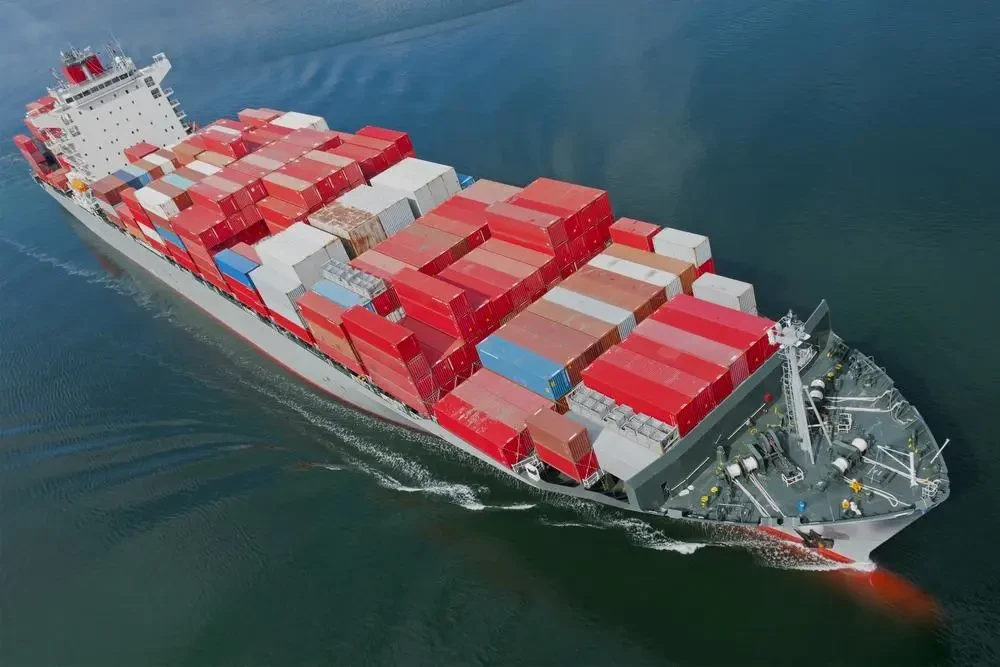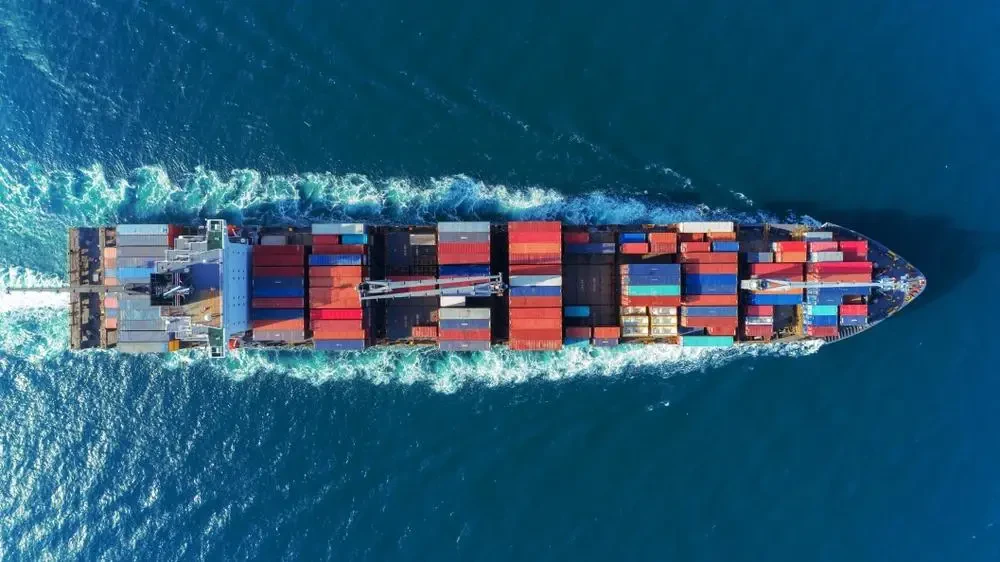Published by Chris Townsend
Last updated Nov, 14 2025

How Much Does It Cost To Ship A Container To United States of America?
United States of America Container freight Charge
Price of Shipping A Container
Three Movers, a reputable international moving company that provides effective container-moving services to the United States. Indeed, transporting to any foreign country, especially the America, can be a difficult undertaking for newcomers. As a result, we've put up a useful resource that will help anyone interested in shipping a container to the United States understand how the cost of doing so is calculated.
Three Movers foreign Shifting Company is one of the top-rated aboard transporting companies, offering full container load and relocating services. We have been in business for years, serving hundreds of thousands of satisfied customers from all over the world including Australia, North America, South America, Europe and Asia. Our mission is to serve our clients with international logistics solutions that are both cost-effective and time-efficient.
Factors That Affect The Delivery Charges
The price of transporting containers to the United States is influenced by several factors, but five stand out. You must be aware of them before delivering your items because of their relevance. Aspects to consider include the volume or weight of shipments, the mode of transportation, the distance the shipment will travel, the destination port, and the time of year.
The type of transition to use is determined by the volume or weight of the cargo. Overseas Container Hauling rates differs depending on whether you ship by air or by water. You can pick between the pricey but quick alternative (air transport) and the slower but less expensive one (Ocean freight).
In every country's destination port, customs taxes and service expenditures are unavoidable, but they varied from one to the next. Each country determines the amount of customs and taxes you must pay. The import tax on shipment in the United States will be 10% of the whole value of your items. For example, if the declared value of your shipment is 900 USD, an additional 90.00 USD in taxes must be paid to the destination country's government in order for the recipient to get a parcel.
The price will also be decided by the time of year when the shipment takes place. During the peak season, which spans from August through October, shipping companies and retailers are busiest.
Which Size of Transporting Container Is Best for Me?
For international shipping of commodities, there are two types of relocating typically utilized. These are the 20-foot and 40-foot containers. Normally, a 20-foot container can carry 100 washers and dryers. The 40-foot container can accommodate 200 residential washing machines, which is twice the quantity.
The size of your items will determine which container you use. A fascinating truth regarding relocation sizes is that the 40-foot container does not always cost twice as much as the 20-foot container.

Instant Rates For Shipping Containers To United States of America
Understanding the Different Types of Freight Transportation
Freight transition is provided by a number of different networks. Trucks transport is the most used shifting transferring option in the United States (60 percent), followed by pipelines (18 percent), rail (10 percent), ship (8 percent), and air (0.01 percent ). The rest are made up of other means of relocating such as parcels and intermodal supplies, which accounted for around 3% of the total.
You should choose a transporters solution based on delivery time and price. Air load is the most cost-effective way to deliver goods rapidly, but it is more expensive than sea cargo. Sea transfers is less expensive, but it is frequently slow. You can save up to 80% of the money you would have spent on air shipment by using the sea freight method of transportation.
Additional Shipment Charges
Aside from the main elements that determine the cost of delivering products to the America, you may have to pay for additional expenses, such as:
- Custom duties
- Container inspection fees
- General Rate Increase
- Inland delivery charges
- Quarantine fees
- Insurance fees
What Is the Next Step?
You need a quote to get your shipping plan started now that you know how the charge of deliver a container to the United States is calculated. We'll provide you with a free, precise quote. Simply complete our online form or call us at (888) 202-0036.

Find Cargo Containers For Freight Transport & Relocation
Frequently Asked Questions
If you want to container ship internationally, there will be a lot of documents that you will need to acquire. Below is a list of the most essential documentation you will need:
• Commercial and Proforma Invoices
• Bills of Lading
• Packing List
• Shipper’s Letter of Instructions (SLI)
• Automated Export System (AES) Filing
• Certificate of Origin (CO)
• Incoterms
• Safety Data Sheet (SDS)
• Operational Instructions
• Shipping Under a Letter of Credit
Additional documentation is needed if you want to ship certain items, aside from that you might also need special licenses or government permission. Check out the possible documentation you might need if you’re shipping certain products:
• Health Certificate
• Ingredients Certificate
• Inspection Certificate
• Pre-Shipment Inspection certificate
• Phytosanitary Certificate/quarantine certificate
• Radiation Certificate
• Electronic Export Information
• Certificate of Health or Sanitation
• Generic Certificateof Origin
• Dangerous Goods Certificate
• Fisheries Certificate
• Fumigation Certificate
• Halal Certificate
• Dock Receipt and Warehouse Receipt
• ISPM 15 (Wood Packaging) Marking certificate
• Product manual or Product catalog
• Certified Engineer’s Report
• Chartered engineer’s certificate
• Product specification certificate
The Bill of Lading is the most important document that you will need to acquire when you’re shipping. It acts as a receipt, title, and contract between the carrier and the shipper. It chronicles everything there is to know about the shipment such as the route of the shipment, the mode of transportation used, and the quantity of the goods.
If you did happen to lose your Bill of Lading, you must notify the shipper, just in case there are other copies of the bill. It is important to know that you cannot be generated a new bill if there are no extra copies. You and everyone involved in the shipping process will need to go through multiple complicated steps to ensure the delivery of your cargo. If it can be helped, secure your Bill of Lading in a safe place.
Prohibited items are goods forbidden by law to enter the country. Here is a list you cannot ship to the US:
• ‘Smoking pipes’ used as drug paraphernalia
• Articles containing dog or cat fur
• Hemp products such as cosmetics, clothing, food, etc. that contains tetrahydrocannabinol (THC)
• Immoral articles (as defined in 19 CFR 12.4) including films, pictures, writings, etc.
• Importation of prescription drugs by an individual U.S. consumer for personal use
• Commercial shipments of live pigs, swine meat, and by-products from the United Kingdom (England, Scotland, Wales, and Northern Ireland)
• Kinder Surprise Eggs (Easter Chocolate Eggs with a toy inside)
• Merchandise from countries under U.S. sanction or embargo
• Merchandise produced by convicts, forced or indentured labor (as defined in 19 CFR 12.42)
• Petroleum or petroleum products of Syrian origin
• Switchblade/Balisong/gravity/ballistic knives
• Elephant ivory
• Items made of Rhinoceros Horn
• Products made from protected species listed in the Endangered Species Act (ESA)
• White phosphorus matches
Restricted items are those needing special licenses, government permission, and additional documentation. These are:
• Viruses, Serums, Toxins, Anti-Toxins and analogous products
• Domestic Animal Products and Animal Feeding Material
• Products derived from Wild Animals, Birds, and Insects (furs, eggs, plumage, honey, etc.)
• Seeds and non-propagating Agricultural Products
• Non-perishable Foodstuffs (canned goods, etc.)
• Motor vehicles, Boats, and their associated equipment
• Electronic Products
• Cultural Property, including Pre-Columbian monumental or architectural sculpture or mural
• Textiles, Wool, and Fur Products
• Chemical substances (including Fertilizers and Pesticides)
• Medicine, Medical Devices, Cosmetics
• Liquors, Alcohol
• Nuclear/Radioactive Materials
As of May 2019, the United States has one of the highest tariff rates of all developed countries, with a trade-weighted tariff rate of 4.2%. The U.S. applies the harmonized customs system. Tariffs and classification depend on the origin of the products.
You can track your cargo via the cargo tracking system. Using this system, you should be able to know the status of your cargo from anywhere and anytime in the world. With this system, you can also be informed about the origin port details of your shipment. You will need your container number, bill of lading, booking number, and the shipping line.
Yes. The containers that will be used for your shipment are waterproof and well-ventilated. They are manufactured with ventilation holes on the uppermost portion of the walls and the flooring is made of 5/4” pressure-treated marine plywood made from tropical timber such as keruing, apitong, or bamboo.
Customs clearance usually takes less than 24 hours, especially if your documents are complete and there are no more further questions regarding the shipment. Delays may extend the customs clearance process to several days or even weeks.
Costs vary based on container size, origin, shipping method, and additional services such as insurance, customs clearance, and inland transport. Requesting a detailed quote from a shipping company provides an accurate estimate.


